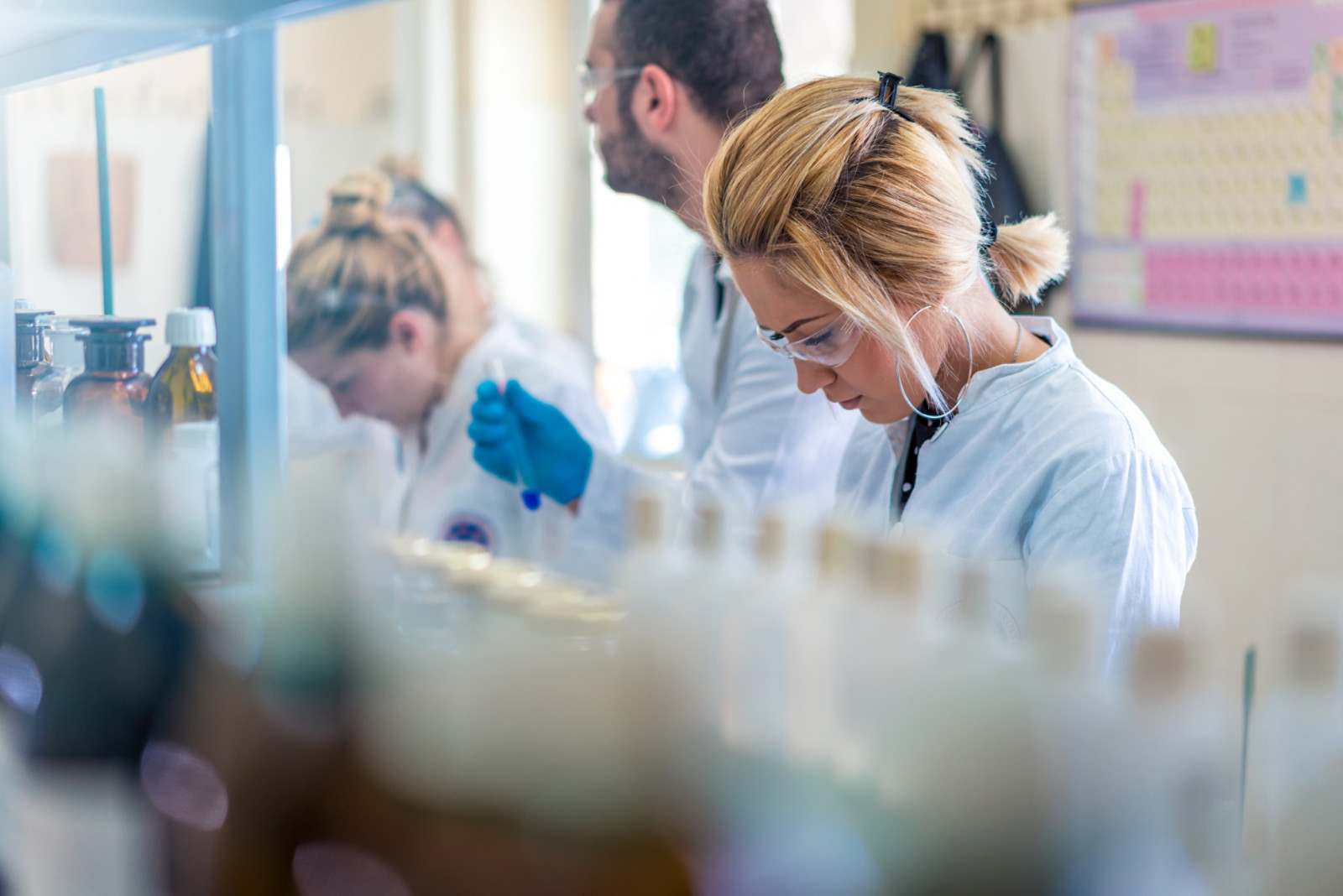In my last blog, I explored the potential for generative AI to accelerate drug discovery and improve clinical trials efficiency, enabling Life Sciences companies to bring new therapies to market faster.
But generative AI’s promise extends far beyond the early phases of clinical R&D. With the right guardrails in place, it has the potential to revolutionise almost every area of clinical operations, from optimising appointment bookings to recommending personalised doses for precision medicine.
For this blog, I want to look at just one more area where generative AI can drive faster and safer innovation: post-market surveillance.
A crucial fourth step of clinical research and development
Post-market surveillance is the crucial next step of life sciences R&D after clinical trials. Also known as Phase IV trials, it’s the stage where a new therapy has been approved for launch to a restricted pool of patients to monitor its effectiveness in a wider population than is feasible in Phase III trials.
Post-market surveillance provides a further opportunity to identify any adverse drug reactions (ADRs) before a new treatment launches on the open market. By definition, it involves sifting through large volumes of data: a mammoth task for clinicians and researchers to undertake manually, and a contributing factor to the years-long R&D timelines for new treatments.
Large volumes of data are where generative AI comes into its own, partnering with human clinicians to analyse masses of raw data and extract insights into ADRs and other anomalies. And that’s just one aspect of its post-market potential—it can also help with preparing documentation, communicating with patients and physicians, and updating marketing and packaging materials.
The potential of generative AI for drug safety monitoring and reporting
Drug safety monitoring and reporting spans a wide variety of activities, from monitoring patient reactions to the new drug, to keeping up to date with medical literature, to preparing reports for regulators. Some of the ways generative AI can accelerate and improve those processes include:
- Regulatory documentation generation: Generative AI can help automate the creation of regulatory documents such as periodic safety update reports (PSURs), post-marketing surveillance reports, and clinical study reports (CSRs). It can help streamline the reporting process, ensuring that documents are consistently structured and adhere to regulatory guidelines.
- Adverse event narratives: Automating the generation of adverse event narratives from raw data can save time and reduce human error. Generative AI can analyse and extract relevant information from clinical trial databases, patient records, and other sources to create detailed and accurate narratives for regulatory submissions.
- Medical literature summaries: Using AI to summarise large volumes of medical literature, including research papers, clinical studies, and case reports, can help medical professionals and regulators stay up to date with any emerging safety concerns or trends.
- Pharmacovigilance and signal detection: In pharmacovigilance, AI can assist in detecting potential safety signals from adverse event reports and other data sources. Generative models can help create narratives and reports for identified signals, facilitating the communication and decision-making process for safety assessments.
- Data mining and analysis: Generative AI can be applied to mining and analysing real-world data sources, such as electronic health records and patient forums, to identify patient experiences, treatment outcomes, and potential safety concerns. This information can be valuable for post-marketing surveillance and product improvement.
- Risk assessment and benefit-risk analysis: Generative AI can help to compile and summarise safety and efficacy data, enabling stakeholders to make informed decisions about the continued availability of a drug on the market.
One company already using generative AI for post-market surveillance is Eli Lilly. In June 2023, its Chief Information and Digital Officer Diogo Rau told CNBC that the pharma giant currently uses Generative AI to write patient safety reports and clinical narratives, and is excited about its potential in other areas of the business.
Generative AI for patient engagement and communications
Another aspect of post-market surveillance where generative AI can minimise manual effort, improve quality and accelerate timescales is in patient engagement and healthcare provider communications. Areas where it shows particular promise currently include:
- Patient communication and support: Generative AI can help to generate patient-friendly materials, such as educational content, medication guides, and FAQs. This can improve patient understanding of medications and treatment regimens, leading to better adherence and overall health outcomes.
- Healthcare chatbots: Generative AI chatbots can provide real-time responses to healthcare professionals and patients on topics including drug-related queries, adverse events and dosing information, enhancing customer support and engagement. Google’s Med-PaLM, for example, is a large language model (LLM) trained specifically to answer medical queries.
- Clinical decision-making: NLP can extract valuable information from clinical notes, making it easier for healthcare professionals to access relevant patient data and make informed decisions. In a clinical setting, generative AI can generate personalised treatment recommendations based on patient data and the latest clinical guidelines.
- Marketing material generation: Phase IV trials often require marketing materials to be created for healthcare professionals and patients. Generative AI can assist in generating content for brochures, websites, and social media campaigns, ensuring that the messaging aligns with regulatory requirements and is consistent across different channels.
- Labeling and packaging updates: When safety-related information needs to be updated on drug labels and packaging, generative AI can help generate the revised content efficiently and consistently, ensuring compliance with regulatory requirements.
A promising future for generative AI in post-market surveillance
Not all of the uses of generative AI outlined above can be adopted for post-market surveillance tomorrow. As with any new technology in Life Sciences, it must be proven to be safe and effective in the desired use case, and appropriate guardrails must be in place to ensure responsible, compliant use of AI models and the data they are trained on.
But with Life Sciences companies already showing how generative AI can safely accelerate R&D timescales, there’s no doubt we will see it increasingly used to bring new therapies to market much faster—delivering significant improvements in health outcomes globally.
Cognizant has a team of generative AI practitioners with deep AI and life sciences industry experience, and an ecosystem of specialist partners including Google Cloud and Microsoft Azure AI. If you’d like to discuss the opportunities for infusing gen AI into your pharmaceutical R&D operations, please do get in touch.















